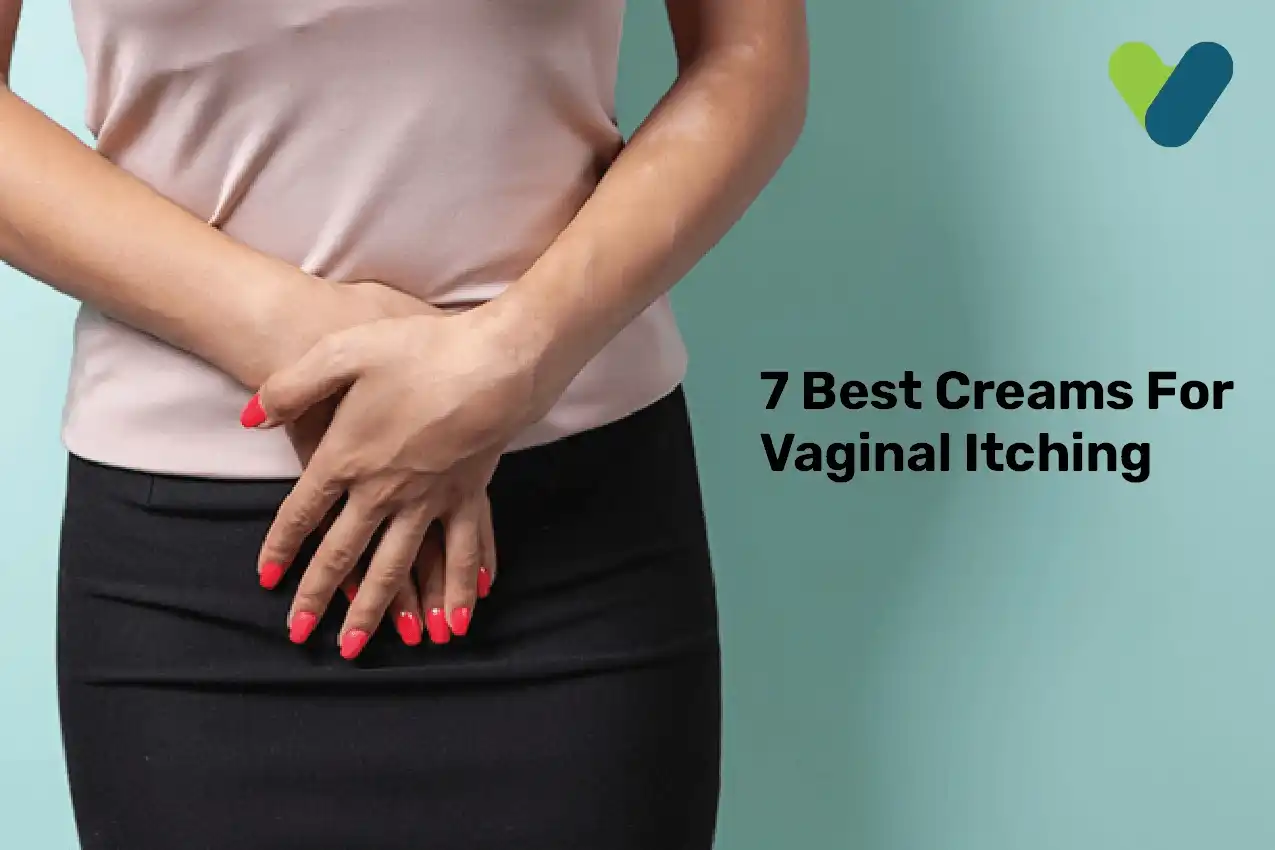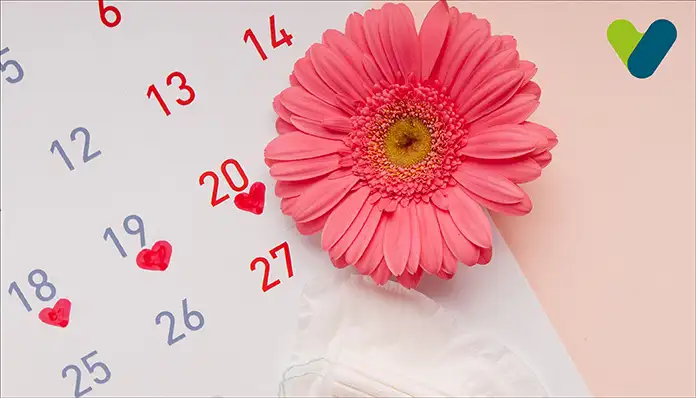Yoga has the ability to alter the body while nourishing the mind, irrespective of whether you are strong or delicate, overweight, or in good health. It is an age-old performing art with a wide range of positions that support greater physical, mental, and spiritual well-being. Thus, its influence on life goes beyond merely being a well-rounded practice. Bhujangasana is no different from the other yoga postures each one of which is targeted at particular body parts or desired effects.
Bhujangasana
The word is an amalgamation of two independent Sanskrit words, ‘bhujanga’ and ‘asana’, which stand for serpent and position, respectively. The Gheranda Samhita, one of the three major Hatha yoga manuscripts from the 17th century, is credited with being the earliest source to illustrate bhujangasana. This book's second chapter featured 32 poses for building physical strength.
The penultimate pose, bhujangasana, also referred to as the cobra pose, helps awaken the Kundalini chakra (serpent energy), which is thought to be coiling up at the base of the spine. When you perform bhujangasana, your Kundalini chakra awakens, and your body's temperature rises, reducing your risk of illness.
Benefits of Bhujangasana
Bhujangasana benefits your health and raises your spiritual level by impacting several parts of your body in various ways. To have a detailed account of cobra pose benefits, keep reading.1. Bhujangasana for Belly fat Reduction: Bhujangasana is thought to be one of the best asanas for developing a flat stomach. As stretching the abdominal muscles may have some effect on flattening the abdomen area, the benefits of the cobra pose will also enhance physical appearance and beauty.
2. Bhujangasana Essential for Blood Circulation: To keep yourself energised and active, having healthy blood circulation is essential. Bhujangasana benefits by increasing blood flow. A healthy blood flow ensures that the cells receive enough oxygen and nutrients. Additionally, improved blood flow might also enhance hormonal balance.
3. Opens up the Chakras: Our body's seven chakras balance our physical, mental, and spiritual well-being. One such chakra is Kundalini Chakra, found at the spine's base. Bhujangasana benefits by opening the Kundalini Chakra, allowing energy to flow easily throughout the body. Your energy levels can be sustained throughout the day by unblocked chakras, allowing you to accomplish your objectives with ease.
4. Improves Digestion: Nowadays, digestive issues are widespread, and many are experiencing heartburn or constipation. This interferes with your everyday activities and productivity. Through direct abdominal targeting, this yoga asana enhances gastrointestinal performance. The digestive system secretes more fluids, as a result, improving food absorption.
5. Builds Muscle Strength: This yoga produces mobility in the muscles as you continue to stretch while maintaining a breathing cycle. This yoga pose also involves elevating the body weight of the hands, thigh, and shoulder. It strengthens the triceps, biceps, and abdominal muscles as a result.
6. Increase Flexibility of the Body: Cobra pose benefits include improvement in flexibility and strength of the muscle. Furthermore, it cures stiffness in the lower back while relieving pain.
7. Reduce Menstrual Irregularities: The Cobra posture can help control erratic menstrual periods if it is frequently practised. Additionally, it eases the pain and cramps associated with periods. For a healthy reproductive system, a regular cycle is essential, so making bhujangasana a part of your daily exercise routine can be highly beneficial.
8. Decreases Asthma Symptoms: Bhujangasana helps to release chest congestion while opening the heart and lung passages. If you are dealing with respiratory conditions like asthma, this can optimally improve your respiratory health. This pose aids in enlarging the chest cavity, which creates more room for your rib cage to open up, making it therapeutic.
9. Corrects Posture: Your back muscles gain significant physical strength through correct bhujangasana steps. It assists in reducing upper back slouching and improving your body posture.
Types of Bhujangasana
1. Saral Hasta Bhujangasana: This is a traditional beginner cobra pose where the pelvis contacts the floor and the upper body is stretched using the hands as support. The head and spine are in alignment in this position.2. Vakra Hasta Bhujangasana: Your hands are not spread equally across your shoulders in this form. Your hands are instead stacked, one on top of the other in front of you.
3. Ardha Bhujangasana or the half-cobra position: In this yoga pose, rather than spreading your palms on the floor, you can lift your upper body slightly and rest on your elbows.
Steps of Bhujangasana
To savour all the cobra pose benefits, it is important to precisely follow the bhujangasana steps. It's crucial to keep your legs strong and to avoid straining or loading the lumbar, or lower back, portion of your spine. Below are the bhujangasana steps to follow and perform the pose accurately.Step1: Keep your hands by your sides as you lay flat on your stomach with your legs together, toes pointed outward, and palms facing up. Your forehead may rest on the ground.
Step 2: Slowly flex your elbows, then place your palms on the floor in front of your shoulders with your thumbs under your armpits.
Step 3: Tilt your head forward, place your chin on the floor, and look directly ahead.
Step 4: Raise the trunk to the navel level while slowly lifting the head, neck, and shoulders. As your back arches, make an effort to raise your chin as high as you can.
Step 5: Hold the position as long as you are comfortable.
Step 6: After that, carefully lower yourself back to the ground by placing the upper half of your navel region, chest, shoulder, and chin on the floor before placing your forehead.
Step 7: The final step entails unwinding. You should relax and put your hands and arms by your sides.
Safety Advice during Bhujangasana
Bhujangasana is a relatively simple asana; however, to witness Bhujangasana benefits, you must practise it correctly. If the asana is not performed as recommended, you may experience pain and injuries. You must be aware of its safety measures and guidelines to indulge in safe practices. To guide you with safety measures, here are some precautions and safety tips for practising bhujangasana.
• When your instructor elevates your upper body, pay close attention to where your hands are placed. A comfortable gap should be maintained between the hands. You should be directly under your shoulder for the proper uplift.
• When raising the upper body, it is best to avoid jerky movements that could put undue strain on the lower back muscles. You should always enable your body to enter bhujangasana gently by releasing the attachment of the lower ribs to the floor.
• When the instructor lifts your body from the ground, make sure your legs and lower body remain straight. You may prevent this from happening, which could cause your knees to swing to either side of your body, by pushing your pubic bone and the fronts of your feet.
• Avoid using your hands or lifting them off the ground if you have lower back pain. Avoid this position if it still makes you uncomfortable.
• You should attempt to keep shoulders away from the ears in order to prevent neck tightness.
• Start by elevating the chest and then softly press the palms to assist the lift rather than pressing from the palms. Avoid pressing with your palms because doing so could squeeze your lower back.
• People with neck pain should keep their chins in a neutral position.
When to Avoid Bhujangasana Steps?
In certain situations, you should not perform bhujangasana. To learn about them, read further.• Avoid performing bhujangasana if you recently had surgery on your neck, chest, knees, spine, hands, or hips. Before performing bhujangasana, be cautious to check with your doctor if you are still healing from surgery. • This pose should not be performed by those with ulcers or hernias. • Avoid this yoga pose if you have neck issues like spondylitis. • This pose should be avoided by those who have serious back issues relating to their spine. • Pregnant women should avoid this yoga pose because of the strain it puts on the lower abdomen and the risk of damage. • Before attempting the cobra pose, people with severe asthma should do pranayama to enhance breathing.
You can examine and study the risk variables and continue to practise bhujangasana with caution under the direction of a certified and experienced yoga instructor or yoga specialist.
The cobra pose, also known as bhujangasana, is one particular asana that promotes both physical and spiritual well-being. The stability of your legs and the absence of any weight or tension on your lumbar spine are essential when doing this position. One must perform this pose repeatedly while taking the required safety precautions under the direction of a yoga instructor to avoid any issues.


